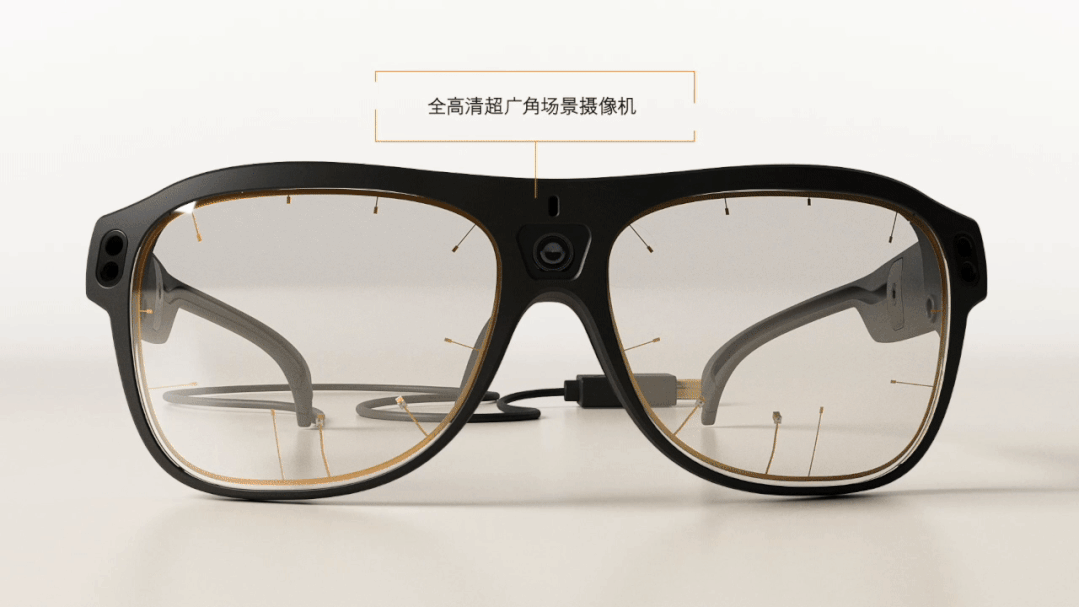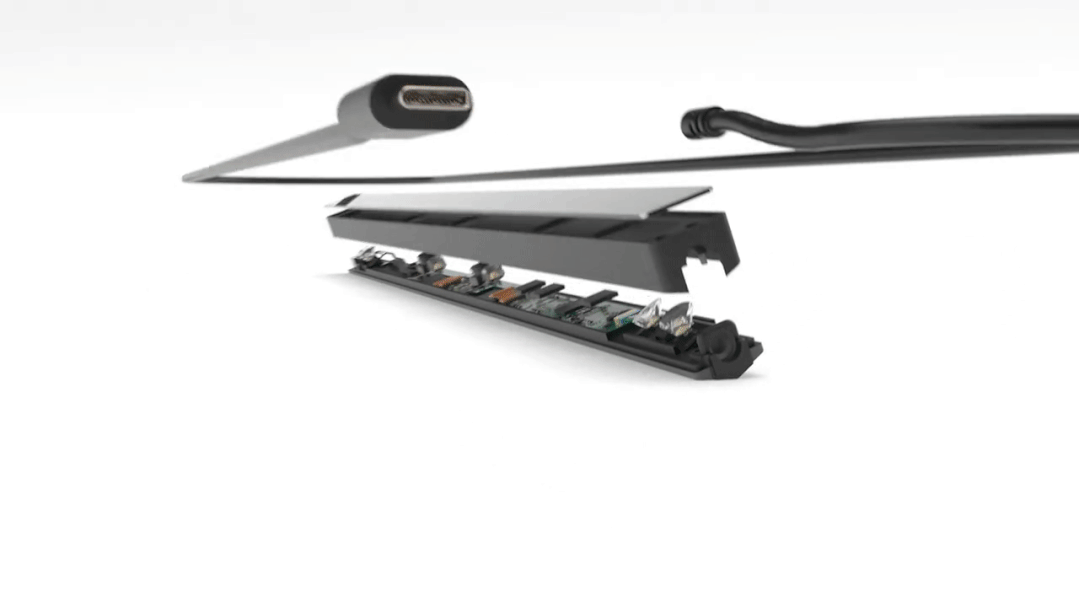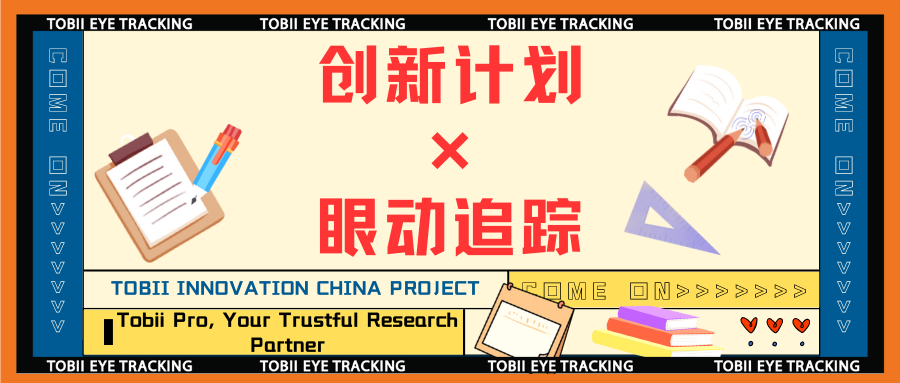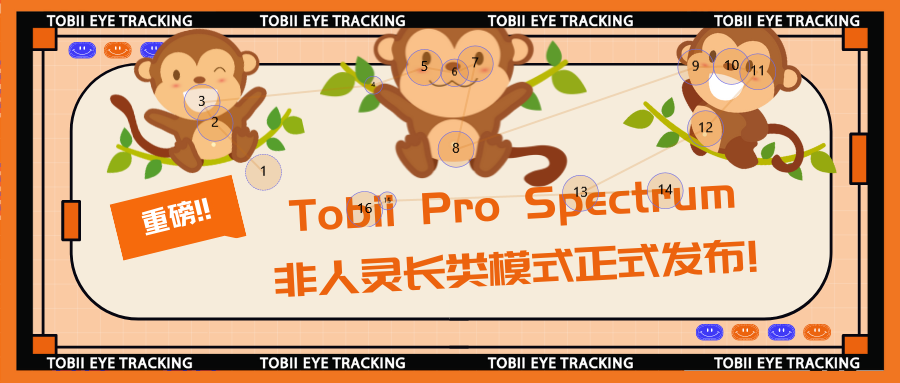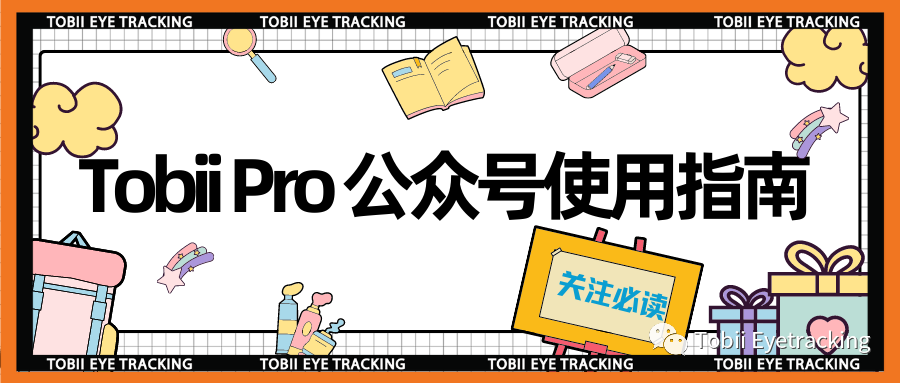Each week, "Tobii" will select for you the most recentVarious disciplineswithEye TrackingRelated important or interesting papers, togetherScroll down to read it~
Cognitive Psychology
Spontaneous behavioral coordination between avoiding pedestrians requires mutual anticipation rather than mutual gaze
Spontaneous behavioral coordination among evasive pedestrians requires mutual anticipation rather than mutual gaze
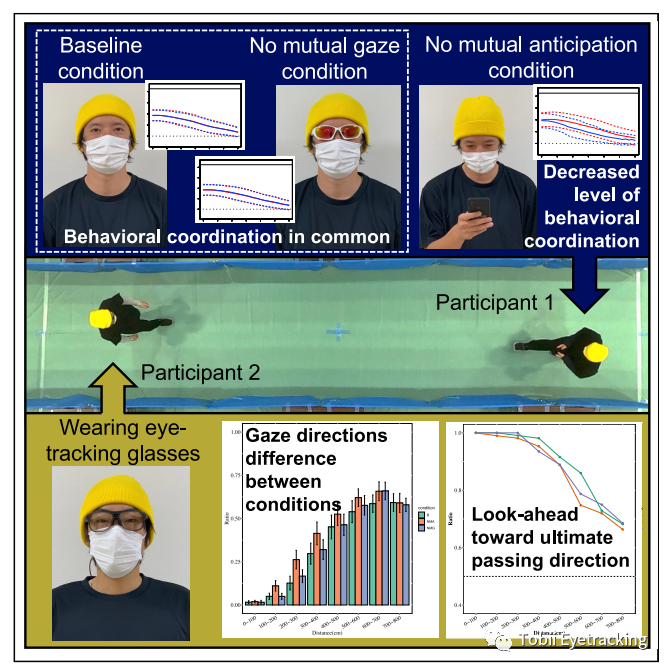

Author:Hisashi Murakami; Takenori Tomaru; Claudio Feliciani; Yuta Nishiyama
Periodicals:iScience
Journal Impact Factor:5.08
Abstract:Pedestrians navigating through a crowd is a striking example of coordinated action. Mutual anticipation between pedestrians is a potential mechanism for such coordinated action. To investigate this possibility, we intervened in an experiment with a pair of pedestrians performing a simple avoidance task. In the baseline condition, the pedestrians spontaneously coordinated their walking speed and angle until they brushed each other's shoulders. Visually distracting one of the pedestrians reduced the level of behavioral coordination. In contrast, merely blocking the visual information of the pedestrians did not change their walking style. These results suggest that spontaneous coordination requires mutual anticipation. Eye-movement analysis showed that pedestrians' gaze direction changed depending on the uncertainty of oncoming pedestrian motion, and that pedestrians tended to sweep in the direction of final passage before they actually walked. Based on the present study, we argue thatBody movement cues may be sufficient for potential coordination of potential future movements.
DOI:10.1016/j.isci.2022.105474
Eye-tracking:Tobii Pro Glasses 3
Click on the image to learn about Tobii Pro Glasses 3 👇
Cognitive Psychology
Generational differences in viewing behaviors: an eye-tracking study
Intergenerational differences in viewing behavior: an eye-tracking study
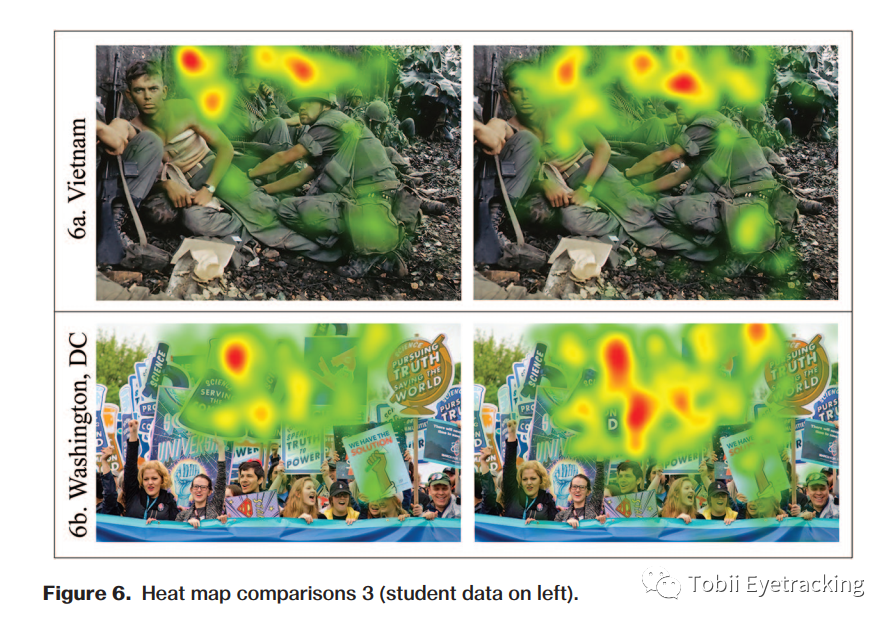

Author:Eva Brumberger
Periodicals:Visual communication
Journal Impact Factor:1.790
Abstract:Over the past two decades, many scholars have argued that constant exposure to visually oriented technologies has led young people to have stronger visual skills than previous generations. This view is investigated here by using eye-tracking to examine the way individuals interact with visual stimuli, particularly news photographs. Study participants included 29 college students aged 18-22 years (mean 19 years) and 20 non-student members of the university and surrounding community, aged 40-63 years (mean 50 years). Eye movements were recorded using a Tobii Pro X2-60 eye-tracking device connected to a 17-inch gaming laptop. If younger and older individuals have different levels of visual ability, there should be observable differences in eye movements between the two groups. However, the differences observed between the two groups of participants were very limited. And.There was no consistent pattern indicating different skill levels for reading images.
DOI:10.1177/14703572221117839
Keywords. Digital natives; Eye tracking; Viewing patterns; Visual literacy; Visual skill
Digital natives; eye tracking; viewing patterns; visual literacy; visual skills
Eye-tracking: TheTobii X2-60 (discontinued, upgraded Tobii Pro Fusion)
Click on the image for an introduction to Tobii Pro Fusion 👇
Educational Psychology
'Time to figure out what to do': understanding the nature of Irish post-primary students' interactions with computer-based exams (CBEs) that use multimedia stimuli
Time to figure out what to do": understanding the nature of Irish post-primary students' interactions with computer-based exams (CBEs) using multimedia stimuli
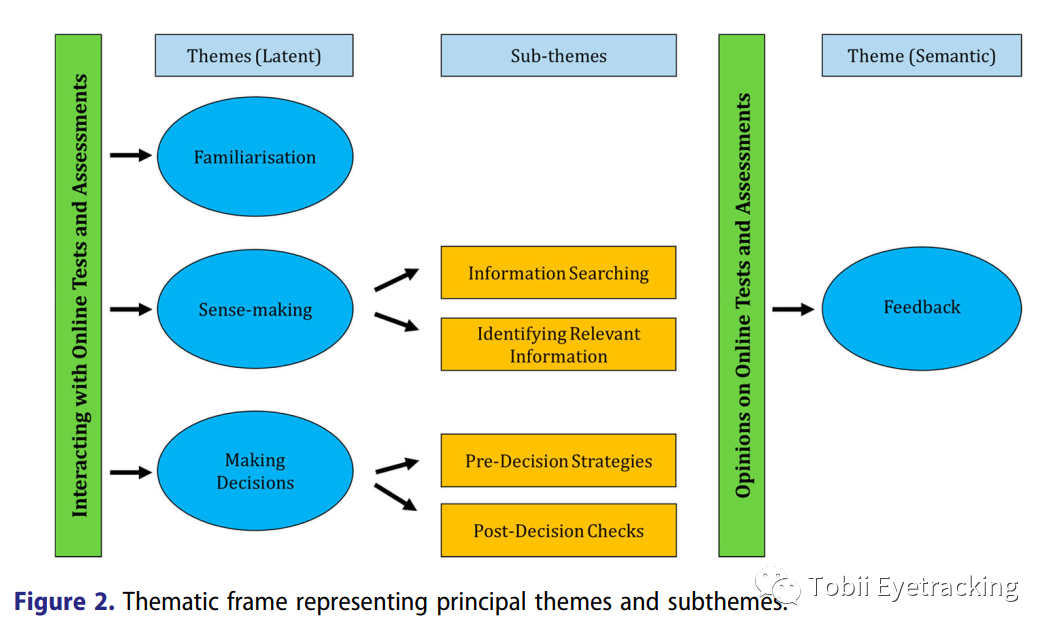

Author:Paula Lehane; Darina Scully; Michael O'Leary
Periodicals:Irish Educational Studies
Journal Impact Factor:1.5
Abstract:With the widespread availability of digital technology in everyday life, many countries are now beginning to use computer-based examinations (CBEs) in their post-primary education systems. To ensure the fairness, validity, utility, and reliability of these computer-based exams, we need to consider several factors related to CBE design and development. This study investigated the extent to which the design of different types of test items in CBE (e.g., including multimedia stimuli) influenced test takers' participation and their behavior. Qualitative data from the audiometric thinking approach (c-RTA) were collected from 12 subjects who had participated in an eye-tracking study. Subjects watched a playback of their eye movements and were asked to say aloud what they thought at different points in the playback. Our thematic analysis of responses to these cognitive interviews captured the nature of students' interactions with the online testing environment under three main themes: familiarity, reasoning, and decision-making. Students also provided their opinions and suggestions for the future of online assessment in Ireland. These findings can provide guidance for all stakeholders considering the use of CBE in post-primary settings.
DOI:10.1080/03323315.2021.2022517
Keywords:Examinations; Post-primary; Computer-based exams; Assessment
Examinations; post-primary; computer examinations; assessments
EyeActuator:Tobii Pro Fusion
Click on the image for an introduction to Tobii Pro Fusion 👇
Psychiatry
A Preliminary Study of the Eye-Gaze Patterns and Reading Comprehension Skill of Students on the Autism Spectrum
A preliminary study of eye movement patterns and reading comprehension in students on the autism spectrum


Author:Bradley M. Drysdale; Brett E. Furlonger; Angelika Anderson; Dennis W. Moore
Periodicals:Advances in Neurodevelopmental Disorders volume
Journal Impact Factor:1.22
Abstract:
Purpose
Using eye-tracking technology, it was determined whether readers on the autism spectrum (AS) exhibit longer average gaze times when answering questions, but with similar accuracy of comprehension as typically developing children (TD).
Method
To track the eye-movement behavior of two school-age children with autism and two children with reading ability, age, gender, and typical development while reading age-appropriate texts and answering related comprehension questions.
Results
During answering the questions, subjects in the AS group showed a longer mean gaze time than those in the TD group. Even though subjects in the AS group looked longer during the questions, their accuracy was equal to or higher than that of subjects in the TD group.
Conclusion
Longer average gaze time during question answering did not result in lower reading comprehension scores.
DOI:10.1007/s41252-022-00243-z
Keywords:Autism; Eye-tracking; Reading; Comprehension
Autism; eye-tracking; reading; comprehension
Eye-tracking:Tobii X2-30 (discontinued, upgraded Tobii Pro Nano)
Click on the image to learn about the Tobii Pro Nano 👇








This article comes from the WeChat public number: EVERLOYAL

